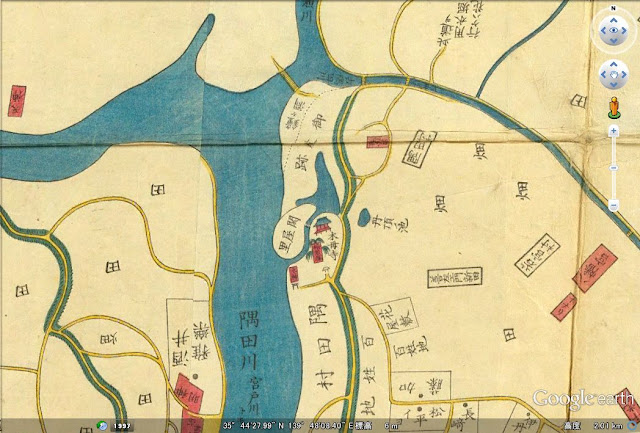 |
| Saga Town Studio |
| Entrance of Saga Town Studio |
 |
| Sanuki Syokuhin |
| Kosuga Limited Company |
Saga town of Koto ward, Tokyo was located at the west side of the area of Eitaiji temple and Tomioka Hachimangu shrine. And Eitaibashi bridge connected with the center of Saga town.
Saga town was along with Sumidagawa river so that it was a water transport town and had many warehouses.
After Edo period, Meiji, Taisho and Showa before the world war two, Saga town still kept as a water transport town and prospered.
Firebombing of Tokyo did not reach Saga town. So Saga town has some modern architectures as shown. The building shown in the first and second pictures was a warehouse company built in 1928. Now it is used a studio.
The buildings shown in the third and forth pictures are other modern architectures.
(Japanese)
江東区佐賀町は、永代寺と富岡八幡宮のすぐ西に位置し、又、当時の永代橋は現在より少し北側、佐賀町の真ん中に架けられていた為、永代寺や富岡八幡宮に参拝や観光に訪れる江戸庶民によって、賑わっていた。
川沿いに立地する多くの町がそうであったように、佐賀町も又、水運で栄え、多くの蔵が立ち並んでいた。
江戸時代が終わり、明治、大正、戦前まで、佐賀町は水運の町として栄えた。東京大空襲を奇跡的に逃れた佐賀町には、幾つかの近代建築が残っている。写真のビルは、1928年(昭和3年)竣工の、嘗て、倉庫業を営んでいた会社のものだ。今は、スタジオとして使われている。
他の2枚は、同じく佐賀町にある近代建築。









































